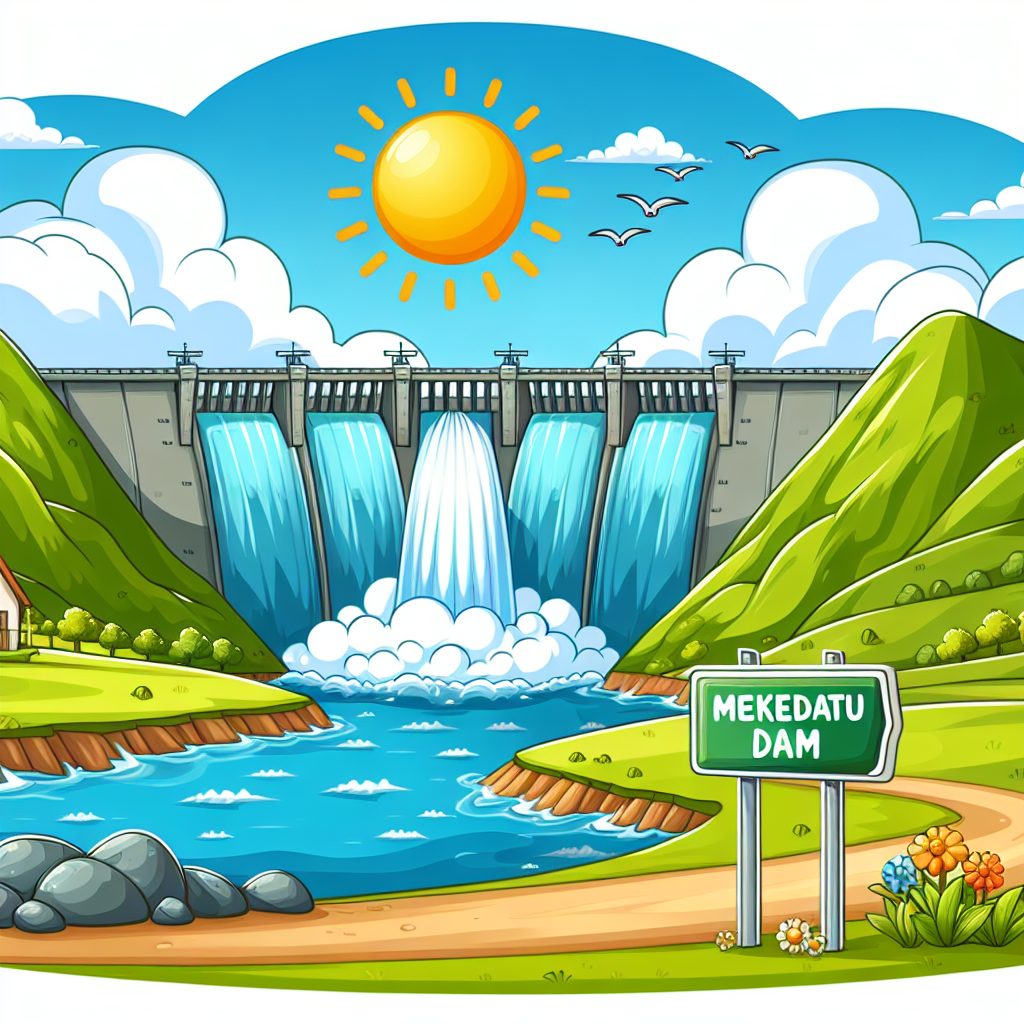China's Mega-Dam Sparks Regional Water Security Concerns
China's plan to build the world's largest dam on the Yarlung Tsangpo river raises serious concerns for downstream regions like northeastern India and Bangladesh. Experts warn of potential devastating impacts and stress the need for international collaboration and scientific studies to address water security issues.

- Country:
- India
China's ambitious proposal to construct the world's largest dam on the Yarlung Tsangpo river has set off alarms for neighboring regions, including Arunachal Pradesh in India and Bangladesh. Experts and policymakers warn of the looming threat this 'water bomb' poses to downstream countries.
Tapir Gao, a BJP Lok Sabha member from Arunachal Pradesh, voiced concerns over potential ecological disasters and the future risk of flash floods if China decides to release water unexpectedly. This mega project, with its capacity to produce 60,000 MW of electricity, underscores China's growing dominance in water resource control, prompting calls for diplomatic negotiations.
The issue, highlighted during a conference organized by the Asian Confluence, emphasizes the urgent need for an international response. Besides potential environmental impacts, the dam's construction could strain India's agricultural economy and water resources. With experts from various countries involved, the dialogue advocates for comprehensive scientific studies to address the multifaceted challenges posed by this controversial project.
(With inputs from agencies.)
ALSO READ
International Attention Urged on Bangladesh's Human Rights Crisis
Maharashtra Court Sentences Three Bangladeshis for Illegal Stay
Bangladesh and India Seek Bilateral Talks at BIMSTEC Summit Amid Regional Cooperation Efforts
Arunachal Pradesh Expands Support for Orphans and Pensioners
Anticipated Meeting Between Bangladesh’s Yunus and India’s Modi at BIMSTEC Summit










